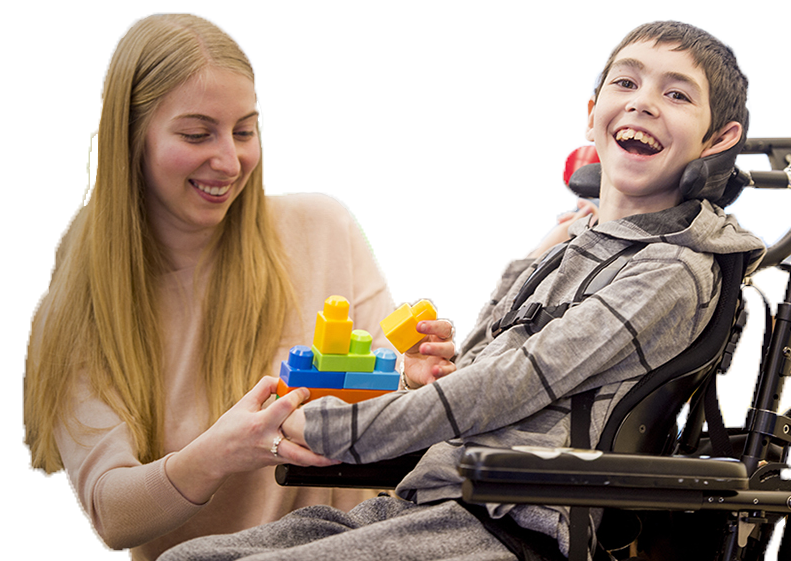Resources Directory
Search below to find a hospital, doctor, therapy, and more

National AgrAbility Project
The Vision of AgrAbility
The vision of AgrAbility is to enhance quality of life for farmers, ranchers, and other agricultural workers with disabilities. While the term “disability” often brings to mind conditions such as spinal cord injuries and amputations, AgrAbility addresses not only these but also many other conditions, such as arthritis, back impairments, and behavioral health issues….
Priorities of AgrAbility
In fulfilling it’s vision, AgrAbility: Develops service capacity through innovative educational programs…
Encourages networking to facilitate information sharing, the provision of services, and funding…
Provides direct services to agricultural workers through individual consultations and other means…
The vision of AgrAbility is to enhance quality of life for farmers, ranchers, and other agricultural workers with disabilities, so that they, their families, and their communities continue to succeed in rural America. For this target audience, “success” may be defined by many parameters, including: gainful employment in production agriculture or a related occupation; access to appropriate assistive technology needed for work and daily living activities; evidence-based information related to the treatment and rehabilitation of disabling conditions; and targeted support for family caregivers of AgrAbility customers.
AgrAbility addresses a wide variety of disabling conditions in agriculture, including, but not limited to:
Arthritis
Spinal cord injuries/paralysis
Back impairments
Amputations
Brain injury
Visual impairments
Hearing impairments
Disabling diseases
Cerebral palsy
Respiratory impairments
Head injury
Getting Assistance
If you are an agricultural worker needing assistance, use the contact list see if your state has an AgrAbility Project. If not, please contact the NAP. AgrAbility Projects generally do not provide direct funding to agricultural workers for adaptive equipment and other goods or services. Instead, such funding is often provided by state departments of vocational rehabilitation services (VR).
For more information about VR, see the VR resource page.
